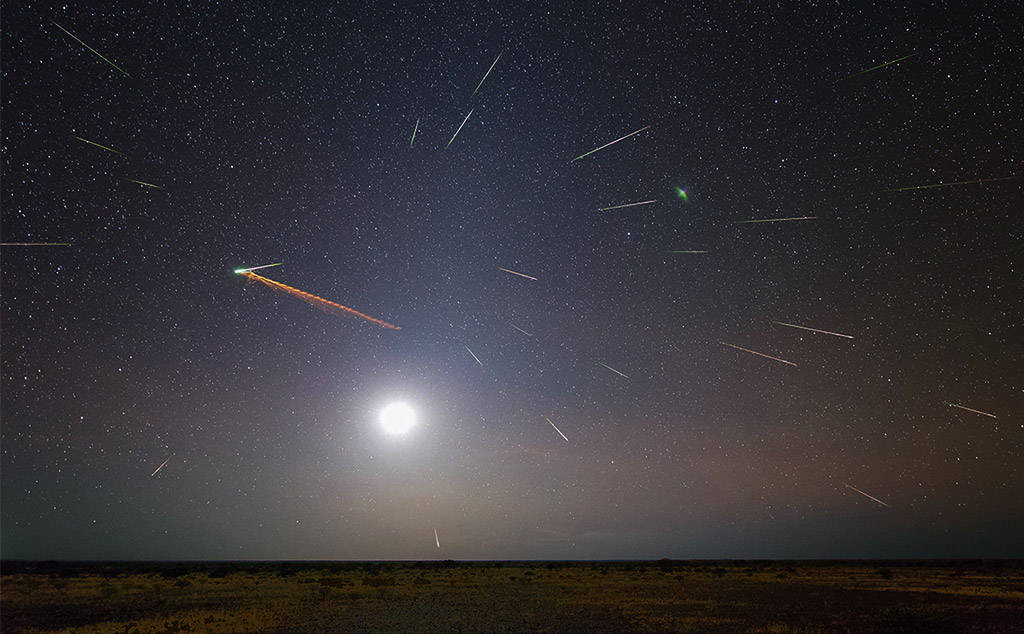
Viewing the eta Aquariids 2018
Eta Aquariid Meteor Shower 2013 -Composite of approximately 50 images containing 26 meteors, meteor train, 17 % moon, zodiacal light…

Eta Aquariid Meteor Shower 2013 -Composite of approximately 50 images containing 26 meteors, meteor train, 17 % moon, zodiacal light…
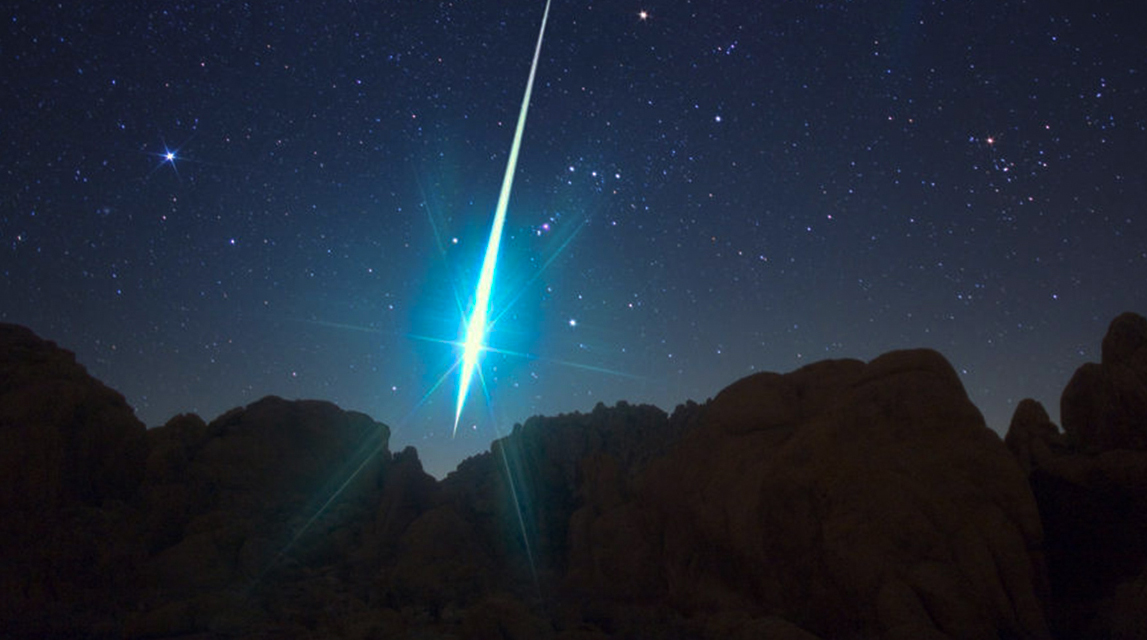
The Geminid meteor shower is the favorite of most meteor observers as it usually provides the strongest display of the year. On the peak night (December 13/14) between the hours of 1:00 and 2:00am local standard time (LST), an observer located in mid-northern latitudes under clear skies has the opportunity to view at least 75 Geminid meteors.
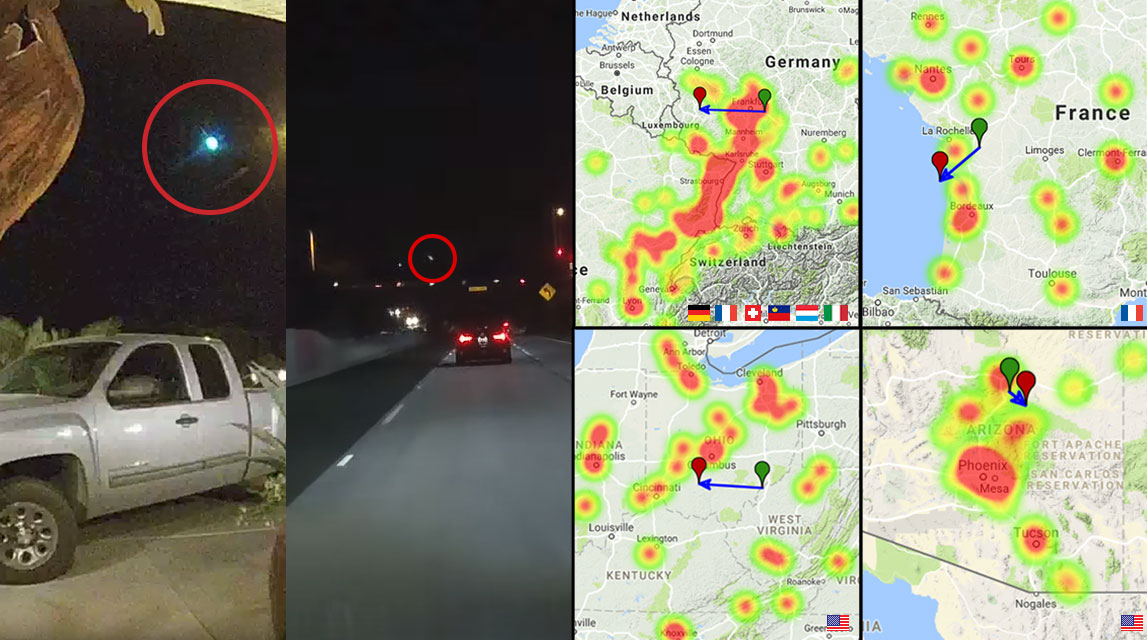
The AMS has received over 1320 fireball reports about 4 different events that occurred over the US, France and Germany. Two events can linked to the Taurid meteor shower.
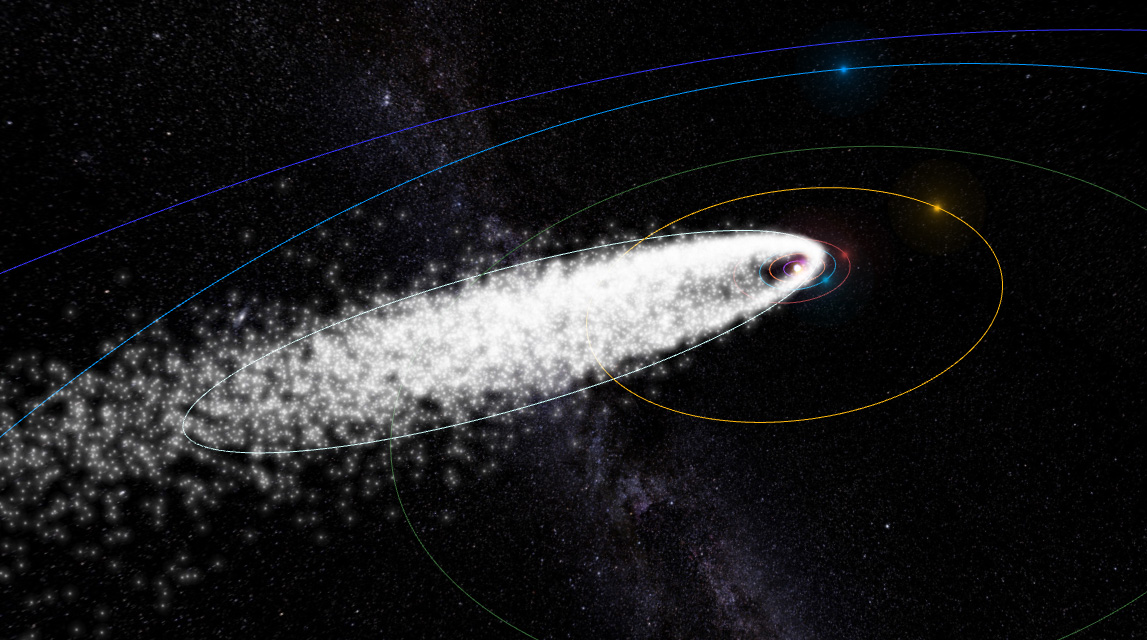
The Orionids, like all meteor showers, are named after the constellation in which they appear to come from, which in this case is Orion. Remnants from this shower come from Halley's Comet, officially designated 1P/Halley.
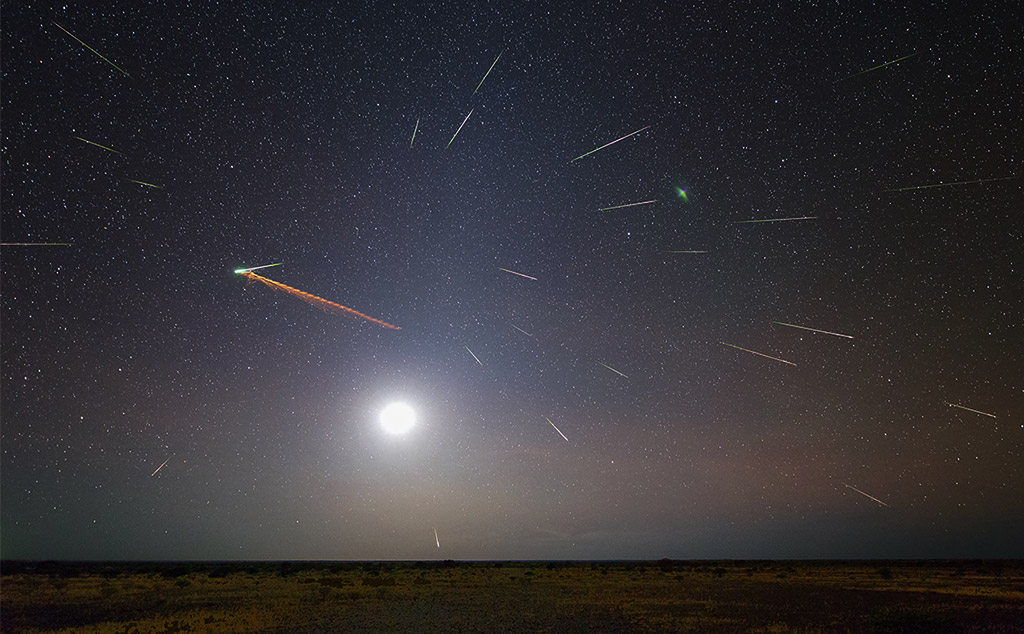
The eta Aquariids (ETA) are active between April 23 and May 20. The strongest activity is usually seen near May 7, when rates can reach 25-30 meteors per hour as seen from the tropical areas of the Earth.

The Eta Aquariids (ETA) are active between April 19 and May 28. The strongest activity is usually seen near May 7, when rates can reach 25-30 meteors per hour as seen from the tropical areas of the Earth.
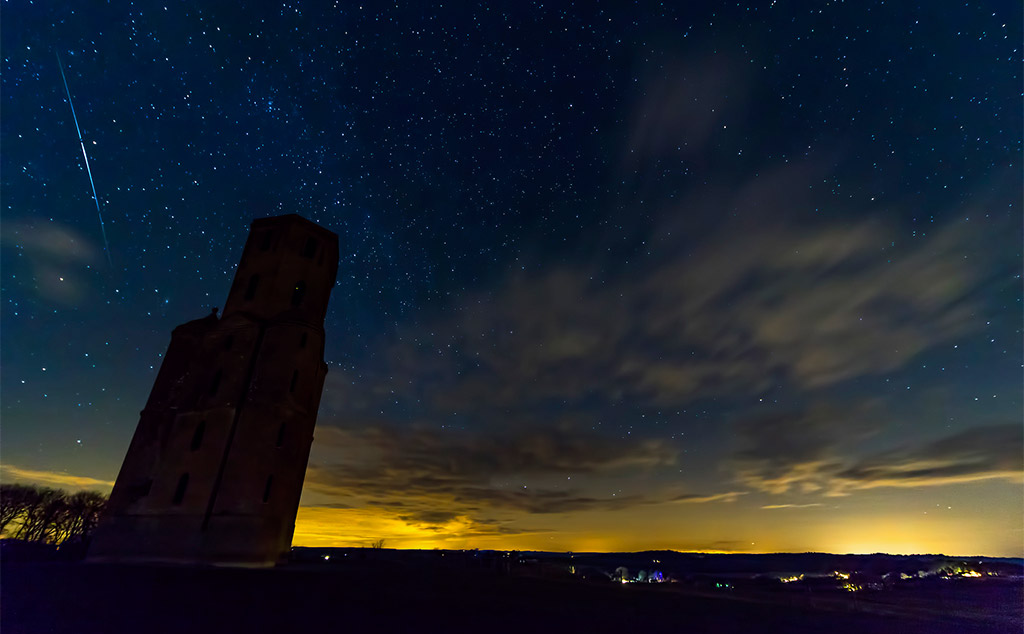
While March is the least active month for shower meteor activity (no major annual showers are active this month), Northern spring is a good time to see fireballs. In the weeks around the start of spring, NASA noticed that the appearance rate of fireballs can increase by as much as 30 percent.
The Orionids The Orionids, like all meteor showers, are named after the constellation in which they appear to come from,…
Videos of a large fireball (actually a bolide), that exploded over Bucharest, Romania, early Wednesday show night turning to day.…